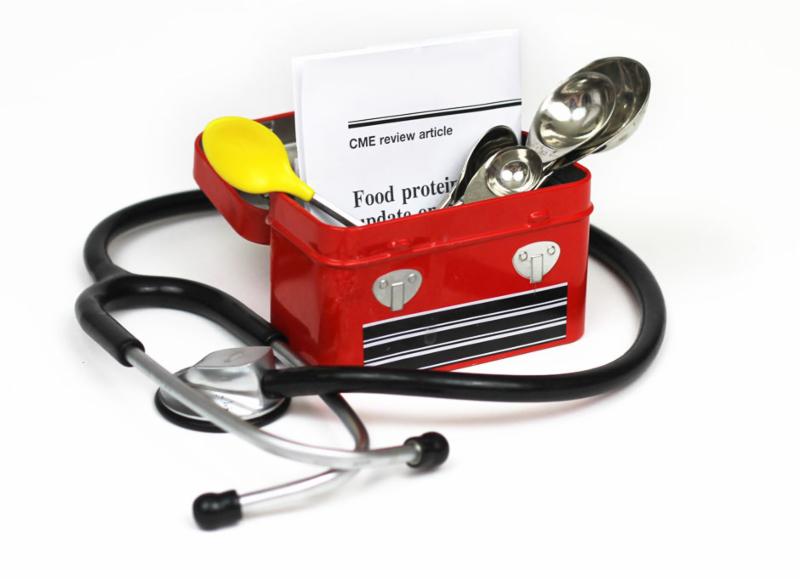Resources for Providers - Tools to More Effectively Manage Care  Primary care providers (PCPs) at the Community Care of North Carolina have created a website of
point of care tools and resources for PCPs. The toolbox is organized by condition/topic and populations. Resources include screening tools, decision aides, and algorithms. For example, diabetes adult tools include self care goal sheets, a handout to help patients and their families better understand how blood sugars and A1C relate (also available in Spanish), and an Accurate Insulin Decision link for providers to reference when to transition patients to mealtime insulin, and how to evaluate whether mealtime insulin is working. Pediatric tools include comprehensive medication management information on ADHD, a reference of red flags for speech language therapy referral, and a template for an anaphylaxis emergency action plan, among many others. Geriatric tools include the requirements for a Medicare Annual Wellness Visit, the National Hospice and Palliative Care Organization Hospice Locator organized by county, and an algorithm for fall risk assessment with accompanying interventions. Pregnancy tools include the Edinburgh Depression Scale for postpartum depression, and a pregnancy risk screening form. Other adult tool topic areas include: advanced care planning, anxiety, antipsychotics, COPD, depression, obesity, pain management, substance/alcohol, well care, and others. |
| Self-Management: Assess Patients' Importance and Confidence in Adopting Healthier Behaviors 
Strategies to support patient self-management were a top need identified in a recent survey of Pennsylvania primary care providers. Two easy tools to use are importance and confidence rulers.
Patients are more likely to be successful adopting healthier behaviors when they think it's important. Ask how important a change is on a scale of 1 to 10, as follows:
1 2 3 4 5 6 7 8 9 10
Not Not Somewhat Very
Important Sure Important Important
Any change rated 6 or below is unlikely to be successful. Help patients identify another change they believe is important to work on.
Behavior change goals should be realistic and specific (e.g., lose 3-5 pounds in the next month, not "lose weight"). Give patients a worksheet (see examples on www.paspread.com) to plan how they will accomplish their goal (e.g., what time during the day, how often, where, for how long/what distance will they walk). Then ask patients how confident they feel in making this change:
1 2 3 4 5 6 7 8 9 10
Not Not Somewhat Very
Confident Sure Confident Confident
Explore barriers to perceived success for goals rated 6 or below. Also ask about other potential barriers (e.g., where they will walk in inclement weather) and help patients identify solutions.
The goal of initial behavior change should be success and boosting patients' confidence in their self-management abilities. |
|
| |
|
|
Best Practices Spotlight

An exemplary practice profiled in Robert Wood Johnson Foundation's LEAP Initiative has created a list of standing orders for non-physician personnel. The list of standing orders includes medication refills, processes for chronic diseases, and instruction for standard workup.
Standing orders are written document that contain rules, policies, procedures, and regulations that are agreed upon practice wide to care for patients. Standing orders facilitate the delivery of evidence-based care and improve workflow within the practice.
|
In The Literature
In a recent study a pictorial medication reconciliation tool was used to identify errors of omission in prescriptions for older adults at an outpatient geriatric clinic. The Medication Reconciliation Review of System Subject, MR ROSS, was initially used as an educational tool to help pharmacy students understand the complexity of medications for geriatric patients.
With the tool in front of them, patients are asked, "Are you taking anything for [system (for example, heart, stomach, etc.)]?" Of the patients enrolled, 77% had one or more errors detected by MR ROSS compared to a previous medical evaluation.
The tool, MR ROSS, is available here. This tool may help your older patients better understand and track their medications. 
|
|